We design landscape strategies that respond deeply to context — ecological, cultural, and economic — integrating people and the environment
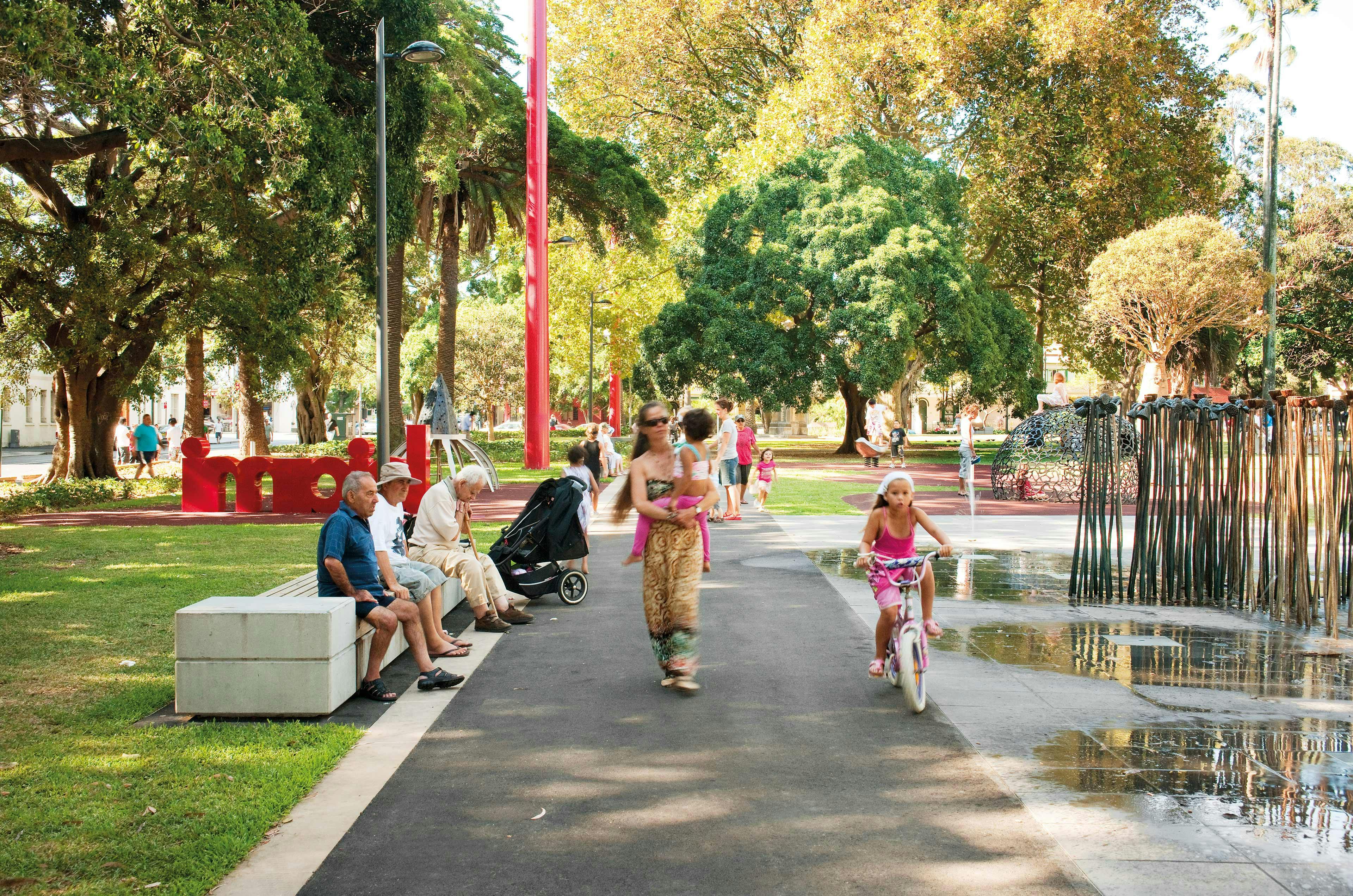
Over the last 29 years SMM has established itself as a leading practice of landscape architecture and urban design with offices in Sydney and New Orleans.

Credit:
UNSW
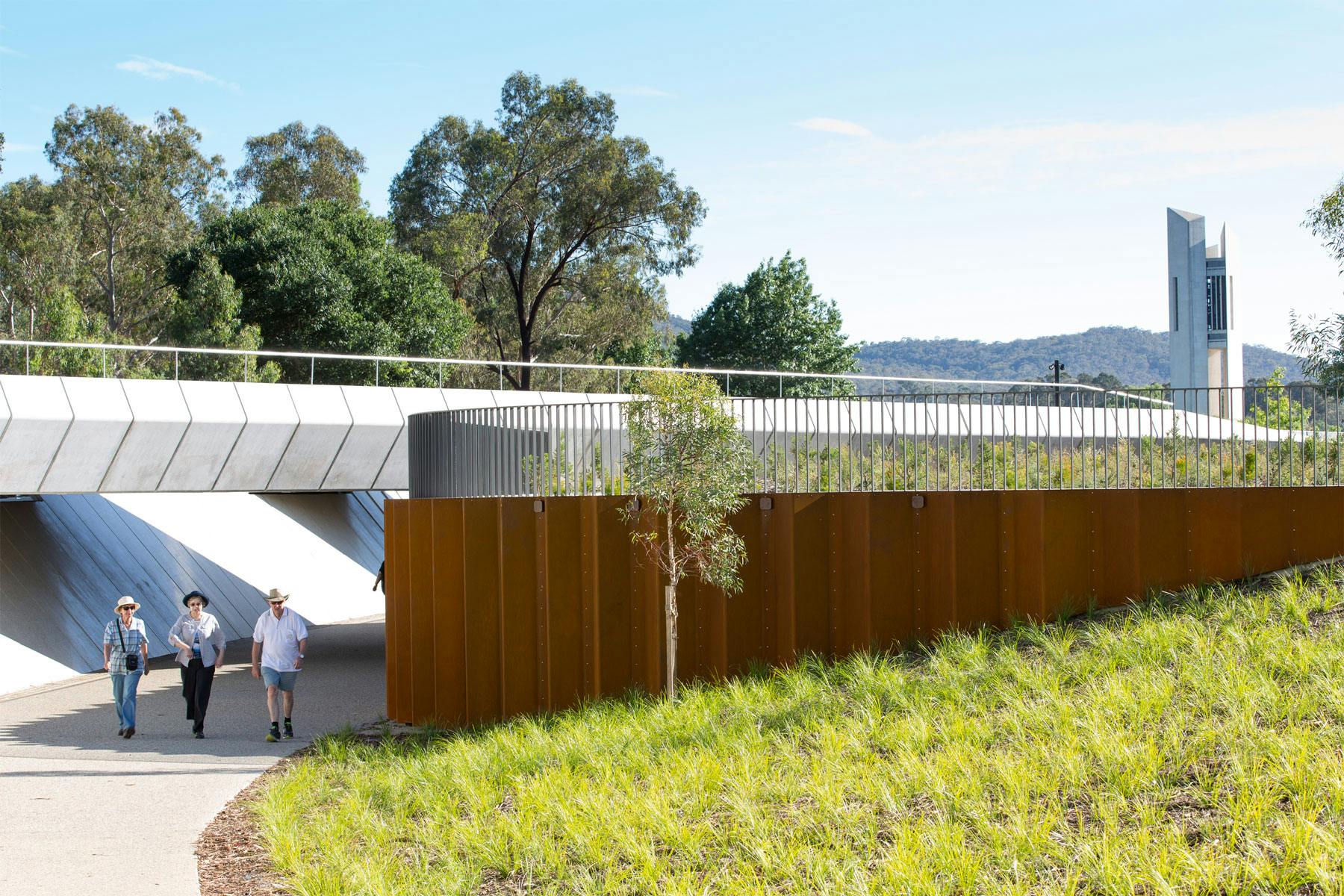
Credit:
Brett Boardman
Our Approach
SMM aspires to cultivate environmentally and culturally responsive landscapes. We want to make cities more liveable. We primarily work in the public realm and are focused on connecting with communities as a foundational part of our design process.
Resilience
As landscape architects we are on the front lines of climate change. Disasters caused by climate change are happening faster than we can rebuild. While we slowly build a new world, we will have to look to the community level to build the capacity to thrive in the coming decades of climate change impacts. We work with communities to plan for the mitigation of environmental hazards in a way that protects their social and cultural resources. We listen to the voices of community members to understand how to best adapt resilience strategies so that they work for everyone. We examine how traditional landscapes can be transformed into community assets that serve multiple functions. We are champions of a shift in the resilience planning and design paradigm that is highly adaptive, responsive and community-based.
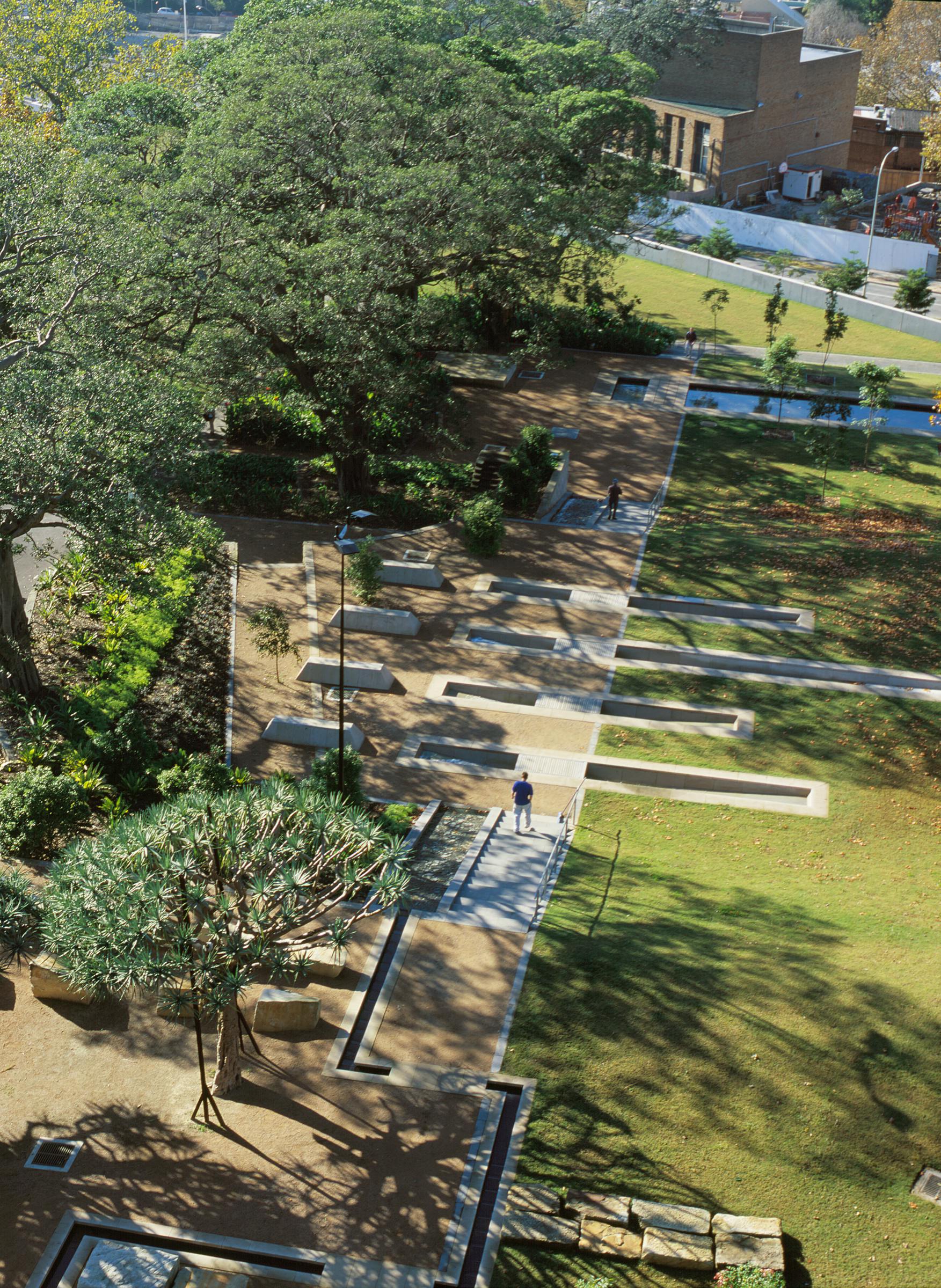
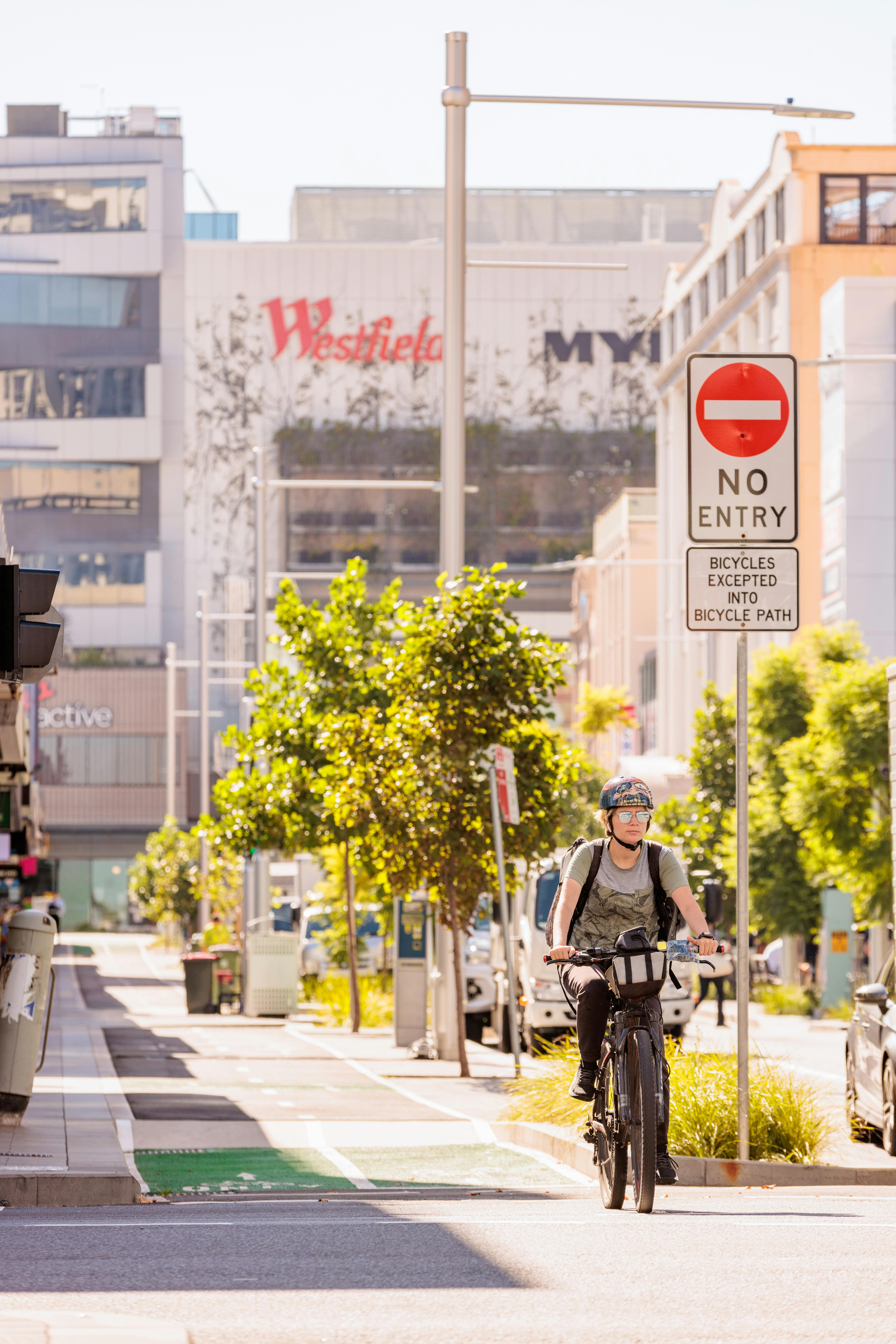
Credit:
Ben Williams Photography
Understanding the Landscape
We believe that civic space should be inclusive, dynamic and authentic to the local culture and environment. They should inspire us, entertain us, offer places for recreation and relaxation, bring people together and function as the heart of a community. At the same time we research the history of the site: exploring old photographs, newspaper articles, site maps, and other information about the area. We look into the artistic and vernacular history of the region to understand what kind of art is made, and what kind of buildings are built, what kind of cultural landscapes were created. And we look into the ecology—and both the physical and cultural geography—of the region for systems and patterns that might inform the design.
Most importantly, a design language is built in collaboration with the community and the client, offering a unique and enlightening way of understanding the places where people live. Drawing from the experiences and understanding of the site and culture, we strive to create a real sense of ownership in the project. One thing we know from experience: successful and long-lived projects are those that are embraced and loved by the community.
Connecting with Country
In all our projects we strive towards inclusive consultation, collaboration and real participation, presenting an opportunity to leave a legacy beyond the built form. Our team believes engaging meaningfully with Indigenous communities or Custodians in a way that equally values Indigenous knowledge, ingenuity and capacities. This offers opportunities not only to gain local traditional knowledge to inform design solutions, it can open many potential benefits to Indigenous Australians including the opportunity to be heard, a means of empowerment and self-determination, as well as increased access to training and employment opportunities through considered procurement and project life-cycle strategies.
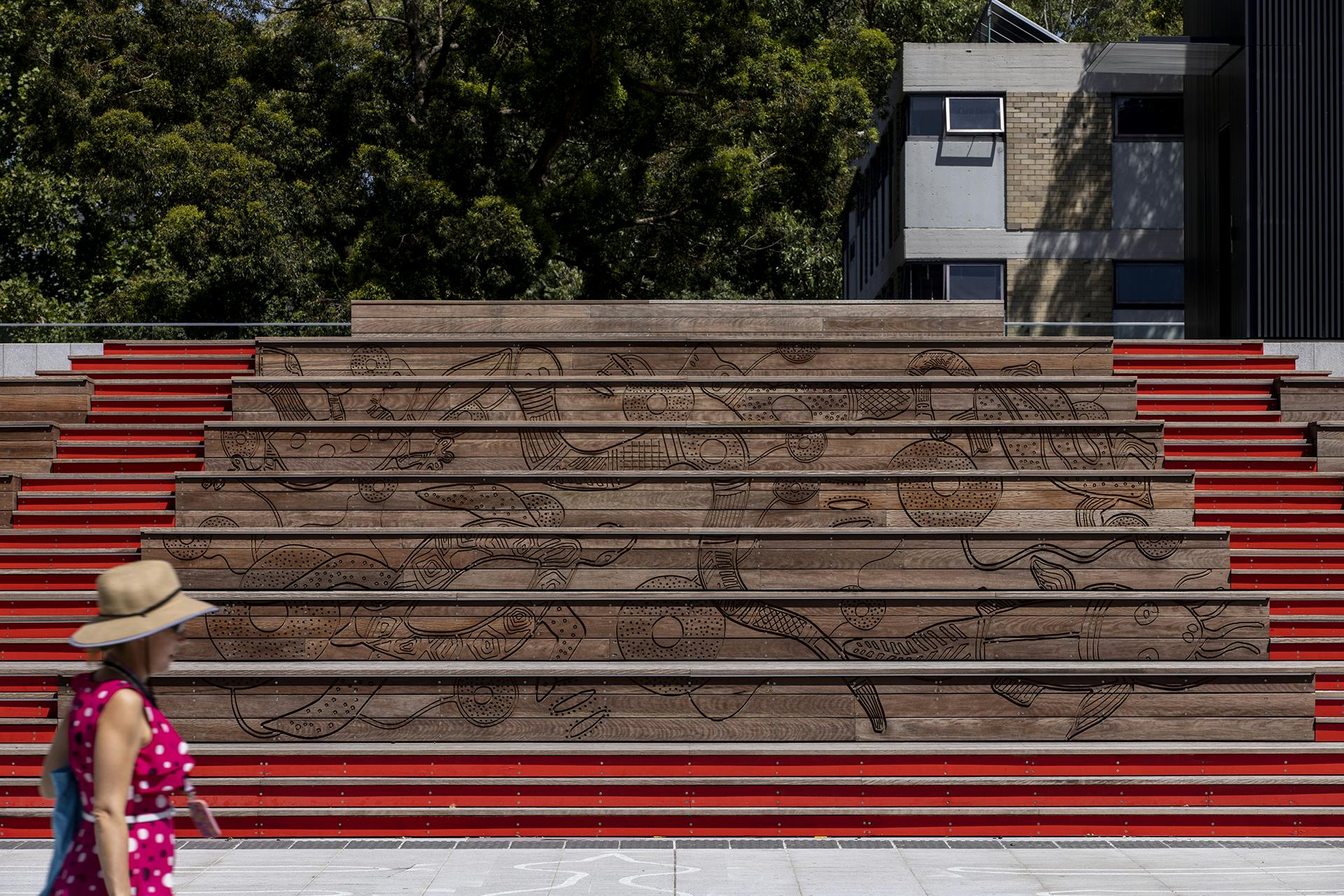
Credit:
Brett Boardmann
Adaptive Landscapes
We believe landscapes are a living continuum and intentional design begins with the future in mind.
A building is ‘complete’ on the day of the ribbon cutting, while for a landscape, the ribbon-cutting is just the beginning. Landscapes are living systems, they evolve and grow and change over time. Our approach is based on a view that landscapes are cultivated rather than constructed and that the long-term management of a landscape should be integrated into every design consideration.